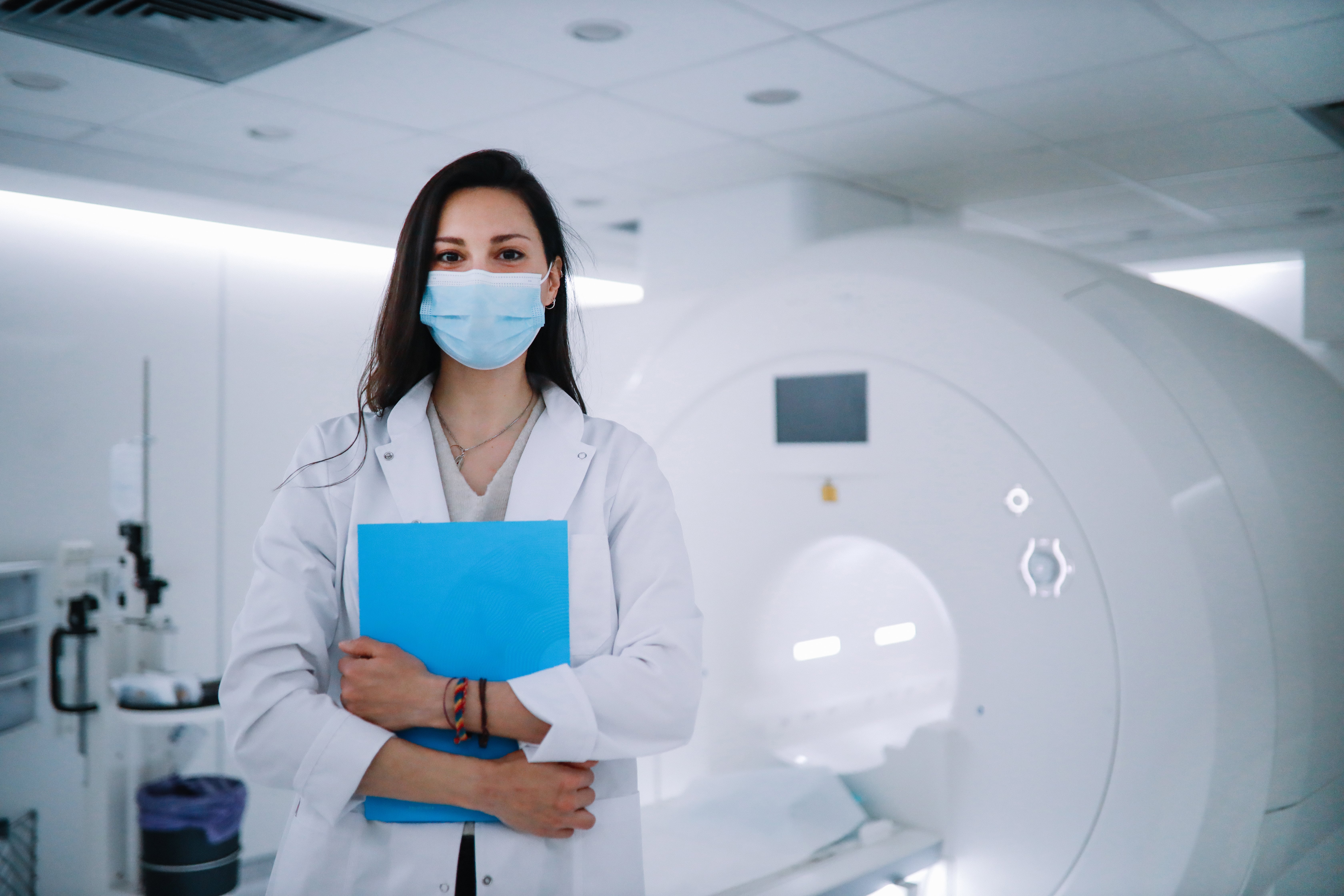
Top Trends in Medical Imaging for 2022
After a drop in demand for some imaging services in 2020 and early 2021, opportunities abound for imaging specialists who are ready to travel and will likely continue as a trend in medical imaging for 2022.
“We have seen an increase in [imaging] jobs,” said Annetra W., a senior principal recruiting consultant with Club Staffing, a healthcare staffing agency that specializes in placing allied health professionals in temporary assignments. “The market has really taken off this year, and I anticipate we will see more of that again next year.”
Annetra reported many permanent radiographers are experiencing burnout during the COVID-19 pandemic, taking time off, retiring early or leaving the field, which has led to more openings for travel imaging professionals.
“We have a surplus of assignments,” Annetra W. said. “Ultrasounds, MRI, CT and X-ray are booming right now.”
Search thousands of current jobs in medical imaging.
Employment trends in medical imaging
Demand for imaging professionals remains strong across the country, in both urban and rural areas. About three-quarters of the jobs are in hospital settings, with the balance in outpatient facilities.
Facilities seek imaging specialists experienced in general X-rays, MRI, CT scanning and sonography. They may float to various departments. Most states require a license for radiology.
In addition to testing and treatment for COVID-19, people are finally obtaining cancer screenings and treatment for nonurgent conditions. The aging population, which requires more healthcare services, and the increasing number of people with chronic diseases is increasing demand for images, according to Carestream.
The U.S. Bureau of Labor Statistics predicts a 9 percent increase in radiologic and MRI technologist jobs by 2030, with 21,600 more position openings.
Nearly 350,000 registered radiologic technologists are working in health care settings, according to the American Society of Radiologic Technologists.
Technological trends in radiography and sonography
Artificial intelligence (AI) is an increasing trend in medical imaging, with vendors partnering with each other, according discussions at the RSNA 2021 conference in November. However, reimbursement is limited for AI image analysis, which limits its use.
RSNA attendees noted that another trend in medical imaging is the effort to improve operational efficiency and workflow, Facilities aim to see more patients in less time.
Among the trends in sonography is the use of contrast-enhanced ultrasound during cardiac and abdominal imaging, according to Cassling, an equipment vendor. Also, lung ultrasonography will continue being used to evaluate COVID-19 patients’ pneumonia in the intensive care unit.
Job opportunities for imaging professionals
Many imaging specialists decide to try travel assignments for the flexibility and to gain experience in various work settings.
“Travel affords our clinicians the opportunity to work in different areas of the country and a variety of hospital sizes, which can expose them to more exams or studies and different ways of working with physicians,” Annetra said.
Additionally, people near the end of their careers often choose to travel to maintain their skill sets, working one or two assignments per year, she added.
Most assignments last 13 weeks, with some short-term, month-long opportunities. Most travelers work 36 to 40 hours per week. Full-time allied travelers can receive health and dental benefits after 30 days employment.
Imaging specialists who work travel assignments will receive an hourly wage, and, if more than 50 miles from their tax home, stipends for housing or provided housing and a per diem for meals and incidentals.
For those arranging their own housing, traveler Facebook groups can help imaging specialists find popular accommodations, as they share their experiences with various housing options. Travelers should expect to pay for transportation or housing initially and will be reimbursed.
As more hospital systems move to the Epic electronic medical record, travelers with experience using that software system are attractive to the hiring facility, Annetra said.
Facilities, typically, want travel imaging specialists to be certified or registered and have one year of prior experience. They also may request basic life support (BLS) credentials.
There has never been a better time to travel as an imaging specialist, with opportunities in large and small communities from New England to California and locales in between. These travel assignments offer a chance to see the country and explore new regions while earning excellent compensation.
Learn more about travel imaging and radiology jobs or contact a Club Staffing career advisor today.